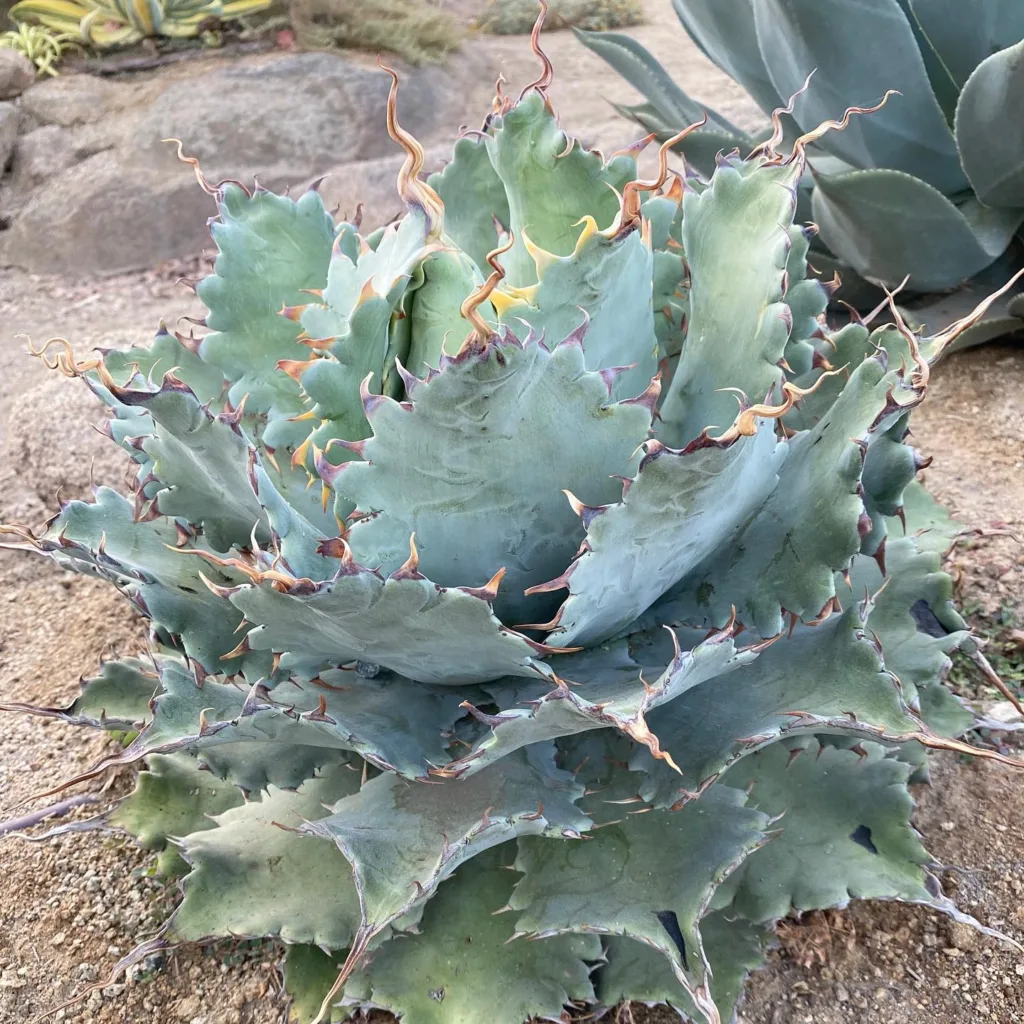Discovering the Ticodendraceae Family and the Unique Ticodendron incognitum
The world of botany never ceases to amaze me. Among the hidden gems in the plant kingdom is the family Ticodendraceae, a little-known family with just one genus: Ticodendron. Even more remarkable, the genus has only a single species: Ticodendron incognitum. My fascination with rare and unique plant families drew me to learn about this overlooked treasure.
A Family Born of Discovery
The Ticodendraceae family wasn’t known to science until relatively recently. It was officially described in 1991, making it a botanical newcomer in the grand scheme of things. For me, this late discovery adds to its mystique. It’s rare for entirely new plant families to be recognized, especially in an era when so much of the natural world has already been cataloged.
Native to the cloud forests of Central America, particularly in Costa Rica and Panama, the family lives in the shadows of its more famous neighbors like the Lauraceae or Myrtaceae. Its elusive nature is partly due to its habitat—remote, dense forests where few researchers venture.
Ticodendron incognitum: A Singular Marvel
At the heart of this family lies Ticodendron incognitum, the sole representative of its genus and family. Its name, “incognitum,” hints at its history of being unknown for so long. Encountering this plant, even through photographs and accounts, feels like stepping into a hidden botanical story.
This species grows as a medium-sized tree, often reaching heights of 15-25 meters. Its bark is grayish-brown and smooth, giving it a subtle elegance. The leaves are simple, alternate, and serrated along the edges, resembling those of some Rosaceae species, which initially confused taxonomists.
Flowers and Fruits
One of the most intriguing aspects of Ticodendron incognitum is its reproductive biology. It is wind-pollinated, with small, inconspicuous flowers that don’t rely on showy colors or sweet scents to attract pollinators. Instead, it lets the breeze carry its pollen to neighboring trees—a humble yet efficient strategy.
Its fruits are small and nut-like, with a hard shell that protects the seeds. This adaptation ensures survival in its cloud forest environment, where competition for sunlight and nutrients is fierce.
Evolutionary Significance
As someone captivated by plant evolution, I find Ticodendraceae particularly fascinating because it occupies a unique position in the plant phylogenetic tree. Molecular studies suggest it has no close relatives, placing it as an ancient lineage within the Fagales order, which includes familiar families like the Fagaceae (oaks and beeches) and Betulaceae (birches and alders).
This isolation hints at its long evolutionary history. It likely diverged from its relatives millions of years ago, surviving in its specialized niche while other lineages disappeared or adapted to changing climates.
Conservation Concerns
Learning about Ticodendron incognitum also reminds me of the fragility of our planet’s biodiversity. Its limited range and specific habitat make it vulnerable to threats like deforestation and climate change. Cloud forests, already under pressure, are among the first to feel the impacts of rising temperatures and human encroachment.
Efforts to conserve this species aren’t just about protecting a single tree. They’re about preserving the intricate web of life in which it exists—a web that includes countless other plants, animals, and microorganisms unique to its ecosystem.
Why Ticodendraceae Matters
For me, studying families like Ticodendraceae goes beyond curiosity. It’s about understanding the broader picture of plant diversity and evolution. Each family, genus, or species has its story—a chapter in the book of life. Ticodendron incognitum reminds us that there’s still so much to learn about our world.
Its discovery also underscores the importance of exploration and documentation. Without the work of dedicated botanists, this species might have remained in obscurity, its story untold.
Final Thoughts
Exploring the Ticodendraceae family and Ticodendron incognitum feels like uncovering a hidden treasure. Its rarity, evolutionary significance, and role in its ecosystem make it a plant worth celebrating and protecting.
In a world increasingly aware of biodiversity loss, this family serves as a reminder of what’s at stake. For me, it also inspires a sense of wonder—proof that even in the 21st century, there are still mysteries waiting to be unraveled in the natural world.
If i die, water my plants!



